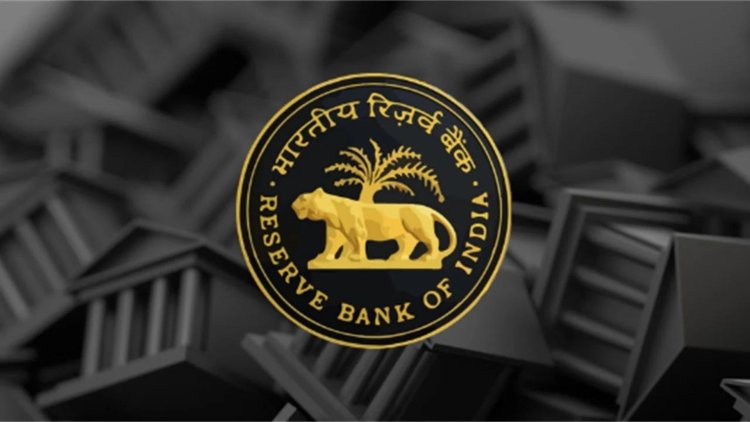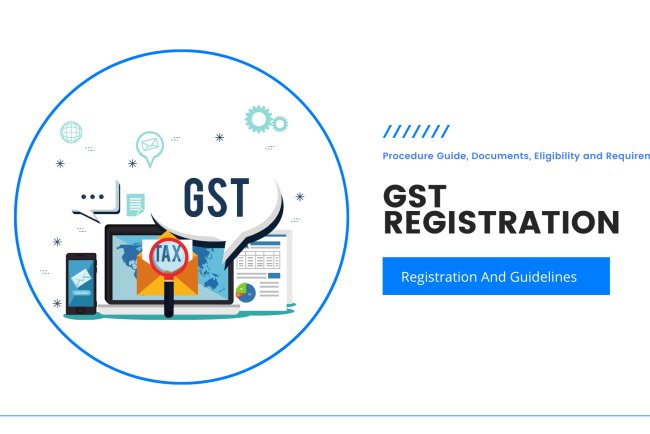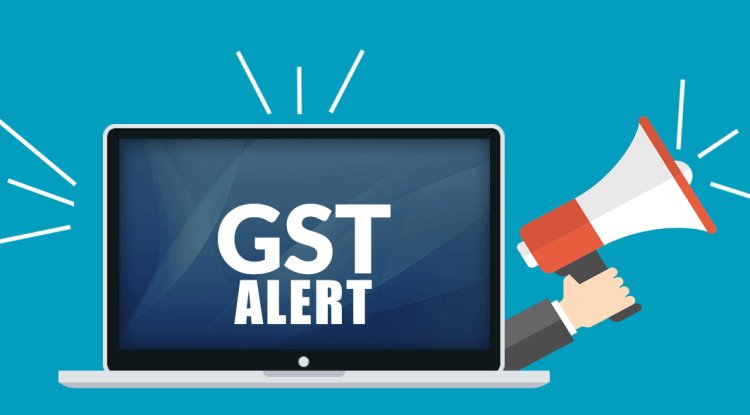New Rules for RBI From May 1, 2025.
Effective May 1, 2025, the Reserve Bank of India (RBI) has carried out several regulatory modifications impacting banking operations and customer transactions: ATM Transaction charges: customers in metro areas are now allowed three free ATM transactions according to month, whilst the ones in non-metro areas have 5. beyond those limits, banks can charge up to ₹23 consistent with transactions, an increase from the previous ₹21. This fee applies to each financial and non-financial transaction, including those at cash Recycler Machines (except cash deposits). [RBI's raises ATM charges to Rs 23 from May 1: Know the details here] PRAVAAH Portal Mandate: All banks, monetary institutions, and regulated entities are required to post regulatory programs—such as authorizations, licenses, and approvals—solely through the RBI's PRAVAAH portal. This move aims to streamline processes, enhance transparency, and expedite application handling. [RBI instructs all banks, financial companies, and oth

The Reserve Bank of India (RBI) plays a pivotal role in shaping the financial ecosystem of the country. each policy change or rule added by the RBI affects tens of millions of residents, businesses, and financial institutions. One of the most talked-about developments this year revolves around the new rules for RBI from May 1, 2025. those new rules, particularly concerning ATM transactions and banking processes, aim to enhance transparency, security, and customer convenience.
What Are the new rules for RBI from May 1, 2025
As of May 1, 2025, the RBI has rolled out a set of complete updates that target various sectors of the financial ecosystem. The most prominent changes include:
- - Revised ATM withdrawal limits and charges
- - Mandatory authentication on digital banking platforms
- - Enhanced guidelines on UPI transactions
- - Streamlined customer grievance redressal mechanisms
These reforms are a result of public feedback, records security concerns, and the growing need to align Indian banking with global standards.
ATM Transaction policies changing From 1 May 2025
Certainly one of the biggest changes below the new rules is the modification of ATM usage policies. these changes termed the new RBI ATM transaction rules, aim to reduce fraud, increase transparency, and promote digital banking adoption.
Here are the key highlights:
1. Free ATM Transactions limit updated
Customers will now get 3 free transactions per month (including both withdrawals and non-financial requests) from ATMs of other banks in metro cities. earlier, the limit was 5.
2. For Higher charges beyond free Limits
Beyond the free limit, a rate of ₹25 (plus GST) will apply per transaction, compared to the preceding ₹21. This increase is part of the new ATM rules to encourage mindful ATM usage.
3. Obligatory OTP for Withdrawals Above ₹5,000
For all ATM withdrawals exceeding ₹5,000, an OTP-based total verification might be required to ensure secure transactions and reduce unauthorized access.
4. Cardless Withdrawals Standardized
The RBI has told all banks to enable cardless cash withdrawals using UPI platforms across all ATMs in India.
Why Are These New Rules Important?
The ATM Transaction rules changing From 1 May 2025 are not just about raising fees; they are part of a broader initiative to:
- - Combat ATM skimming and fraud
- - Encourage the use of digital wallets and UPI systems
- - Reduce operational fees for banks
- - Standardize security protocols across financial institutions
The Role of Financial Education in Adapting to Change
As banking rules evolve, there’s a growing need for individuals and business owners to stay informed. professional upskilling through an Accounting or a GST course can help understand:
- - How financial rules impact compliance
- - Taxation guidelines under the GST regime
- - Bookkeeping and accounting modifications for ATM fees and digital payments
These guides not only help individuals stay updated with policy changes but also boost employment opportunities and financial independence.
How can you stay prepared?
Here’s how you can align yourself with the new rules.
1. Track your ATM usage
Hold a log of your ATM withdrawals to avoid unnecessary charges. Use digital banking and UPI anywhere viable.
2. Enable signals and -factor authentication
Strengthen your account security to safeguard against potential misuse of ATMs or mobile banking.
3. Enroll in a brief-term GST or Accounting course
These courses are especially helpful if you're running a business, managing finances, or looking to start a career in finance.
4. Explore bank apps and digital tools
Get comfortable with cardless ATM withdrawals and mobile wallets to reduce dependency on physical ATMs.
What Else Has changed in RBI guidelines?
In addition to the ATM-related changes, the RBI has also introduced:
- - Obligatory Video KYC for establishing new bank accounts
- - Revised hints for BNPL (Buy Now Pay Later) models
- - Stricter compliance norms for NBFCs and fintech systems
- - Adjustments inside the credit scoring mechanism
These updates reflect RBI’s commitment to safeguarding the digital finance environment and ensuring fair practices.
Why Businesses Should Pay Attention
In case you’re an entrepreneur or an accountant, it’s essential to align your operational version with the RBI’s state-of-the-art mandates. As an example:
- - Business expense reports must now reflect the higher ATM charges.
- - Cash flow tracking should account for cardless and UPI-based transactions.
- - A basic understanding of recent ATM rules and digital banking norms is now essential for enterprise compliance.
Final thoughts
The new rules for RBI from May 1, 2025, are a strong indication of the country .'s ongoing digital transformation in the financial sector. With increasing awareness of protection, customer transparency, and digital payments, the Reserve Bank of India is creating a robust ecosystem that is both modern and resilient.
What's Your Reaction?
















